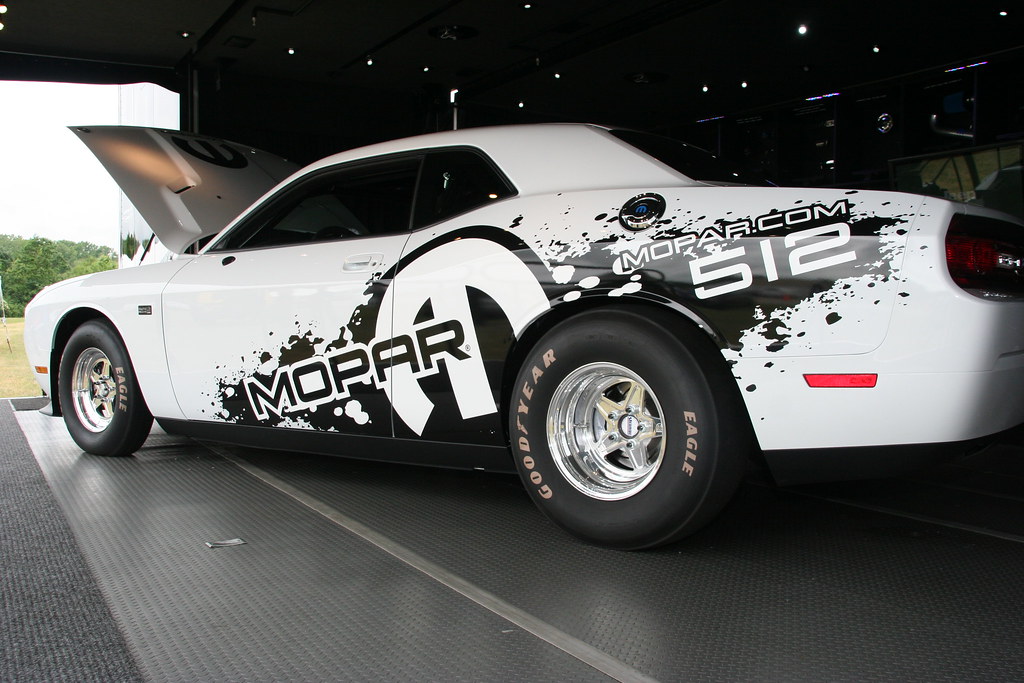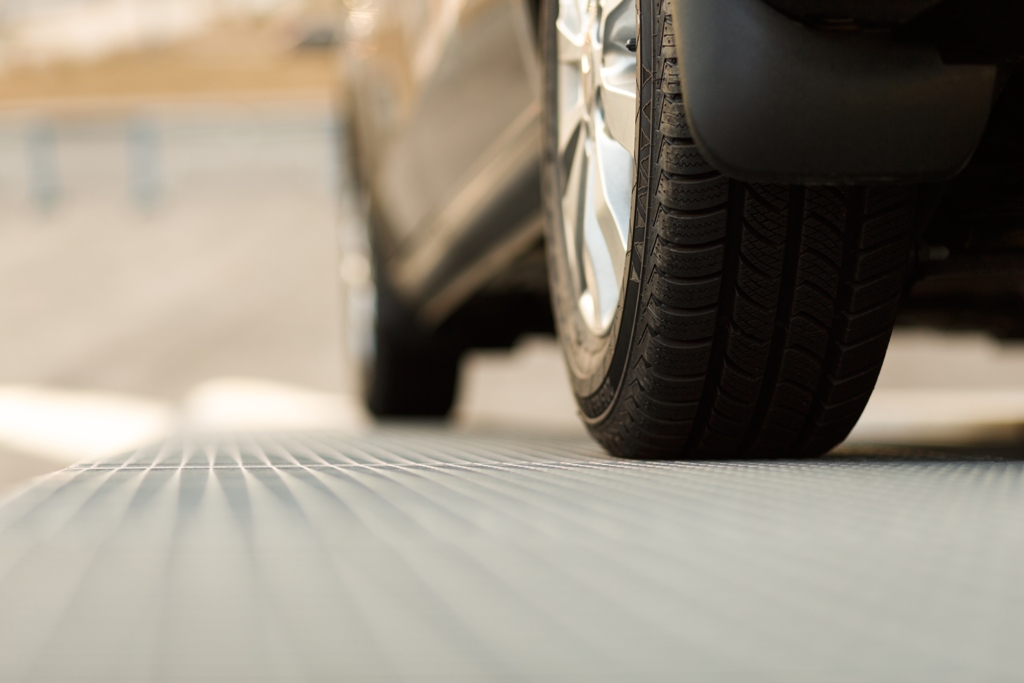Contents
Rear-wheel drive car: How does it work
Different configurations of the rear-wheel-drive car
Rear-wheel drive car: conclusion
How does a car move forward?
Typically, a car engine transmits its rotational movement to the front wheels (traction), rear wheels (propulsion) or the four wheels (4WD) or all-wheel drive (AWD).
In this post, we’ll be taking a closer look at the propulsion system, which has long been predominant in vehicles.
Rear-wheel drive: how does it work

As the engine transmits its motion through the rear wheels, this kinematic chain passes through the gearbox, the differential (or axle) and finally, the transmissions connected to the wheels.
Different configurations of the rear-wheel-drive vehicle
The engine, depending on the architecture, can be placed in different places:
The engine in the rear overhang

The engine is mounted behind the rear wheel axle in this configuration, and the gearbox is fixed to the front of the engine in the transverse axis of the wheels (unavoidable example: the Porsche 911).
This type of engine has advantages:
The driveability is maximum on the rear wheels, the engine’s weight favouring it during acceleration or starting.
The rear overhung engine concentrates the drivetrain* on the rear wheels, avoiding intermediate shafts, for example, between the gearbox and the differential; this results in a more dynamic and lighter system. The interior space is better, pushing the drivetrain to the extreme rear.
The driving of this type of vehicle is very “fun” on winding roads; the rear part is easily placed in the curves, making it easier to drive.
It also has its disadvantages:
The average driver will have difficulties controlling his vehicle on a slippery road, for example, the rear part tending to drag the car in a spin.
Similarly, straight-line handling is more random, which can lead to swerving at high speed or swerving with a side wind, phenomena linked to the lightness of the front axle; these characteristics also give an unpleasant impression of directional uncertainty at the steering wheel.
The engine in a central position

The engine being in a central position, the gearbox is placed at the rear of the engine, always on the axis of the rear wheels (example: Porsche Cayman – Alfa Romeo 4C…).
Here are the advantages:
The interest of this arrangement allows a better distribution of the masses in the vehicle; the center of gravity is close to the center of the car, generating outstanding handling while promoting a neutral behaviour; in competition, it is the best option for effective piloting.
However, here are its disadvantages:
It is obvious, and it is the restricted habitability, the engine is almost in the rear seats, the vital space is reduced to the front seats.
The maintenance is made much more difficult by the lack of accessibility.
The engine in the front position

The engine is located at the front of the vehicle and drives the rear wheels through an intermediate transmission tube; sometimes, the gearbox can be separated from the engine and placed at the rear of the car to distribute the masses (example: Porsche 928 – Mercedes SLS…).
It has the following advantages:
The front end, with the weight of the engine, is much safer.
The habitability is correct.
But on the other hand:
On this type of implementation, the motricity is often put at fault; on icy or snowy roads, driving will be more like artistic skating than driving.
The transmission linking the front to the rear goes through a longitudinal tunnel, making the car less livable, especially for the middle rear passenger.
Rear-wheel drive car: conclusion
The rear-wheel-drive engine is typically the vehicle intended for leisure and competition: the rear unit will undoubtedly be the most playful in driving, and the central engine the most efficient; the front-engine, if it is also pleasant to drive, will suffer from its lack of traction.



One thought on “Automobile Propulsion Systems (Rear-Wheel Drive): How Does It Work”